 "user314" (user314)
"user314" (user314)
08/27/2020 at 11:00 ē Filed to: flightline, Planelopnik, planelopnik history, post cold-war, usaf, USAF museum, edwards afb, amarg, BRRRRRRRRRTTTTTTTTTTTTTTTTTTTTTTTTTTTTTT
 3
3
 6
6
 "user314" (user314)
"user314" (user314)
08/27/2020 at 11:00 ē Filed to: flightline, Planelopnik, planelopnik history, post cold-war, usaf, USAF museum, edwards afb, amarg, BRRRRRRRRRTTTTTTTTTTTTTTTTTTTTTTTTTTTTTT |  3 3
|  6 6 |
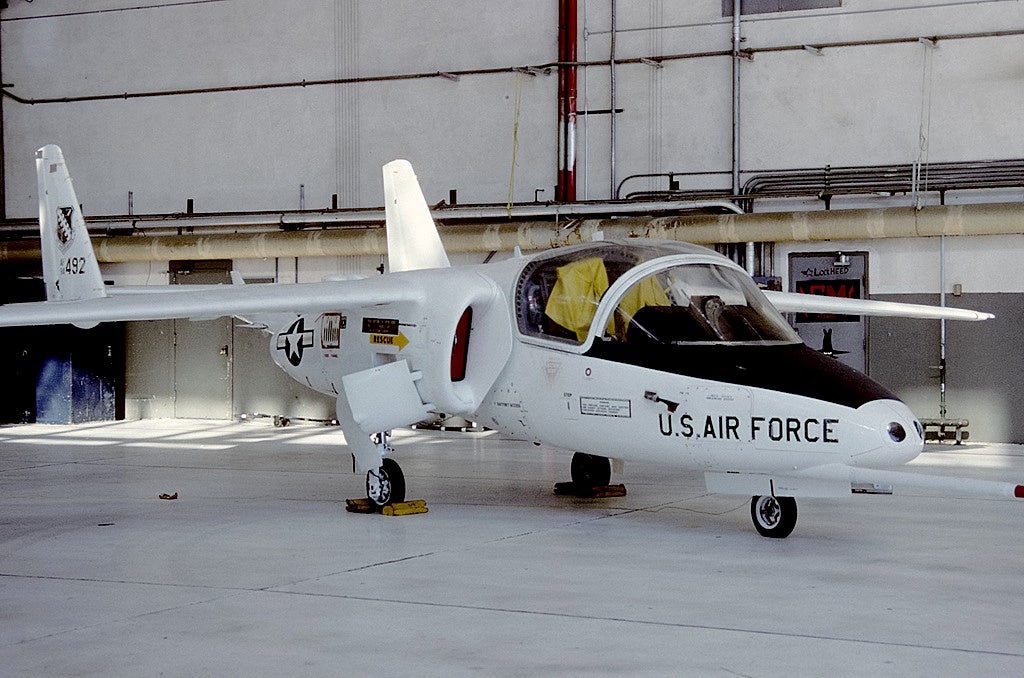
One of the Fairchild T-46 Eaglet trainers in a hangar
Edwards AFB, 29 October 1989
In 1981, the USAF began the Next Generation Trainer project to find a replacement for the aging !!!error: Indecipherable SUB-paragraph formatting!!! . !!!error: Indecipherable SUB-paragraph formatting!!! (of !!!error: Indecipherable SUB-paragraph formatting!!! fame) submitted what looked like the love child of an A-10 and a Tweet, which would be powered by (relatively) tiny !!!error: Indecipherable SUB-paragraph formatting!!! turbofan engines. [Seriously though, they were a skosh over three feet long and only two in diameter. Dry weight was only 400lbs!]
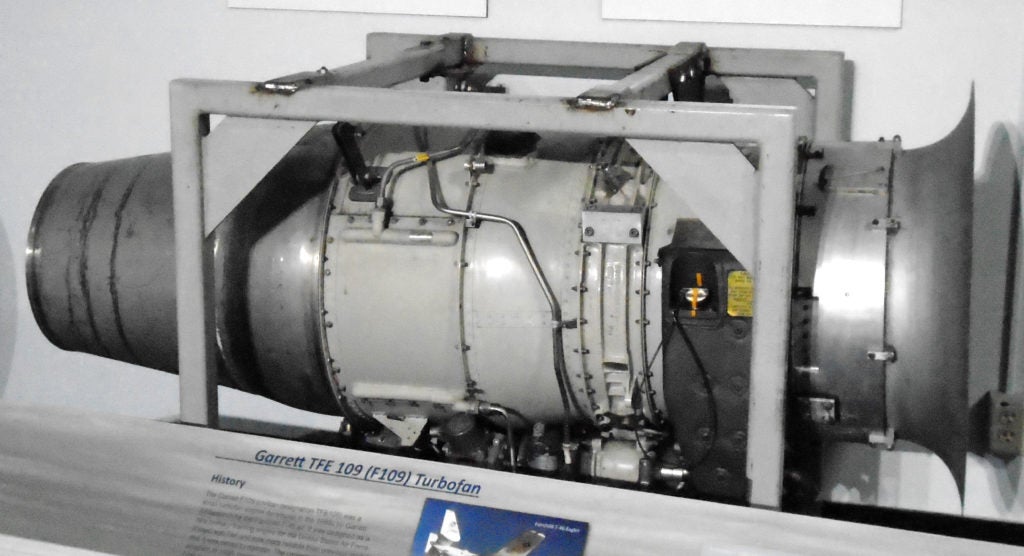
One of the remaining F109s on display at the Virginia Museum of Technology
Fairchild contracted with Ames Industries and the Rutan Aircraft Factory (now † !!!error: Indecipherable SUB-paragraph formatting!!! ) to build a 62% scale proof-of-concept aircraft, called the Model 73 NGT, which was flown by !!!error: Indecipherable SUB-paragraph formatting!!! ís brother !!!error: Indecipherable SUB-paragraph formatting!!! . The aircraft proved that the design was both able to enter a spin and easy to recover from a spin, a USAF requirement.
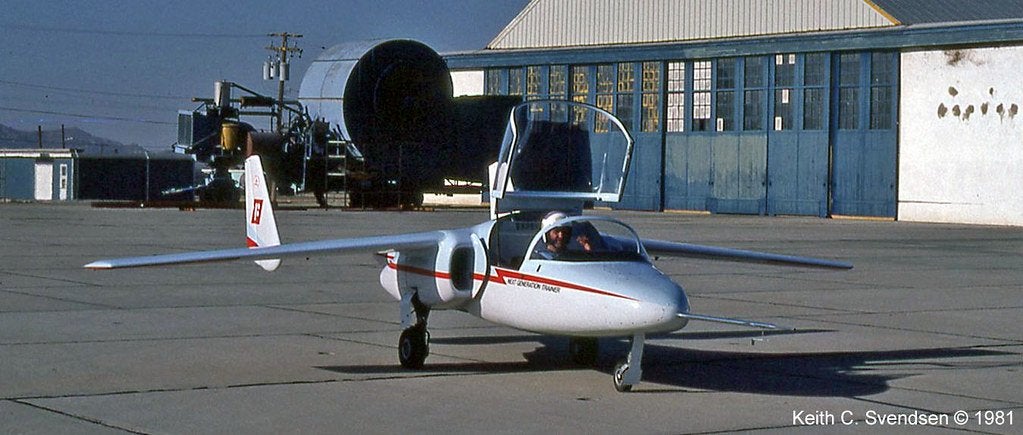
Dick Rutan at the controls of the 73NGT
Fairchild was named the winner of the program, and a contract was signed in 1982 for two YT-46 prototypes, with the option for 54 production aircraft. Expectations were for 650 aircraft to be built by 1992, with the possibility of overseas sales as well, as a trainer or light ground attack aircraft, much like the T-37 before it.
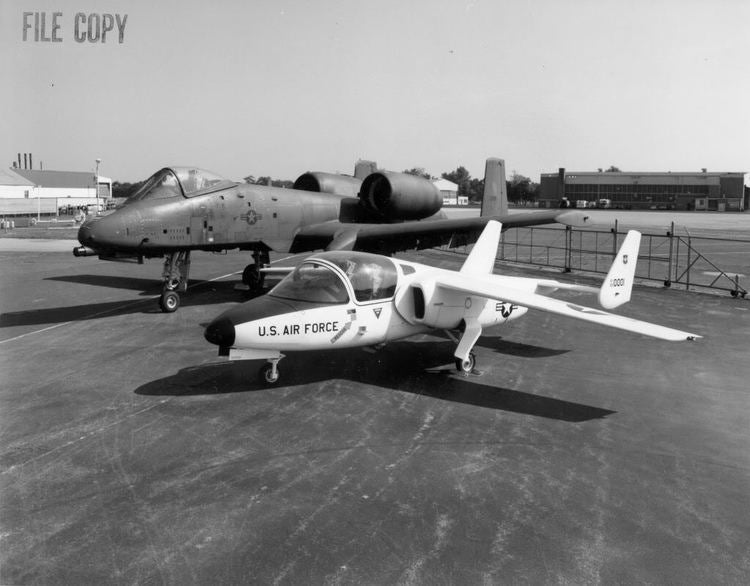
A T-46 with its big BRRRRRRRoTher. Date and location unknown.
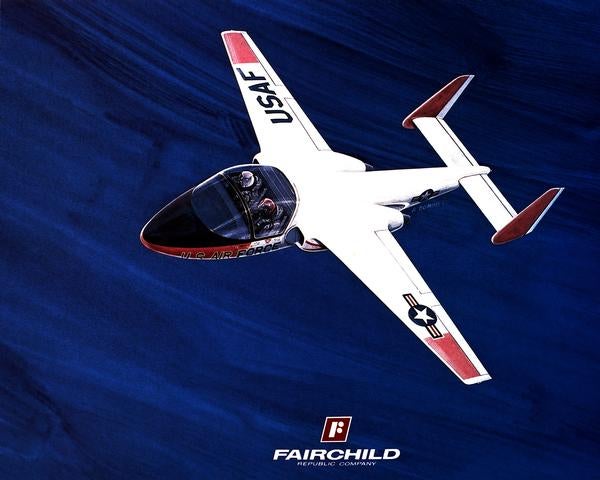
Artistís impression of the T-46
The first Eaglet flew in 1985, almost half a year later than expected. Costs had risen during the development phase, with the unit price doubling from $1.5 to $3 million by February of 1985 ($7.2 million today). Flight tests of the aircraft, joined by two more, did not reveal any problems.
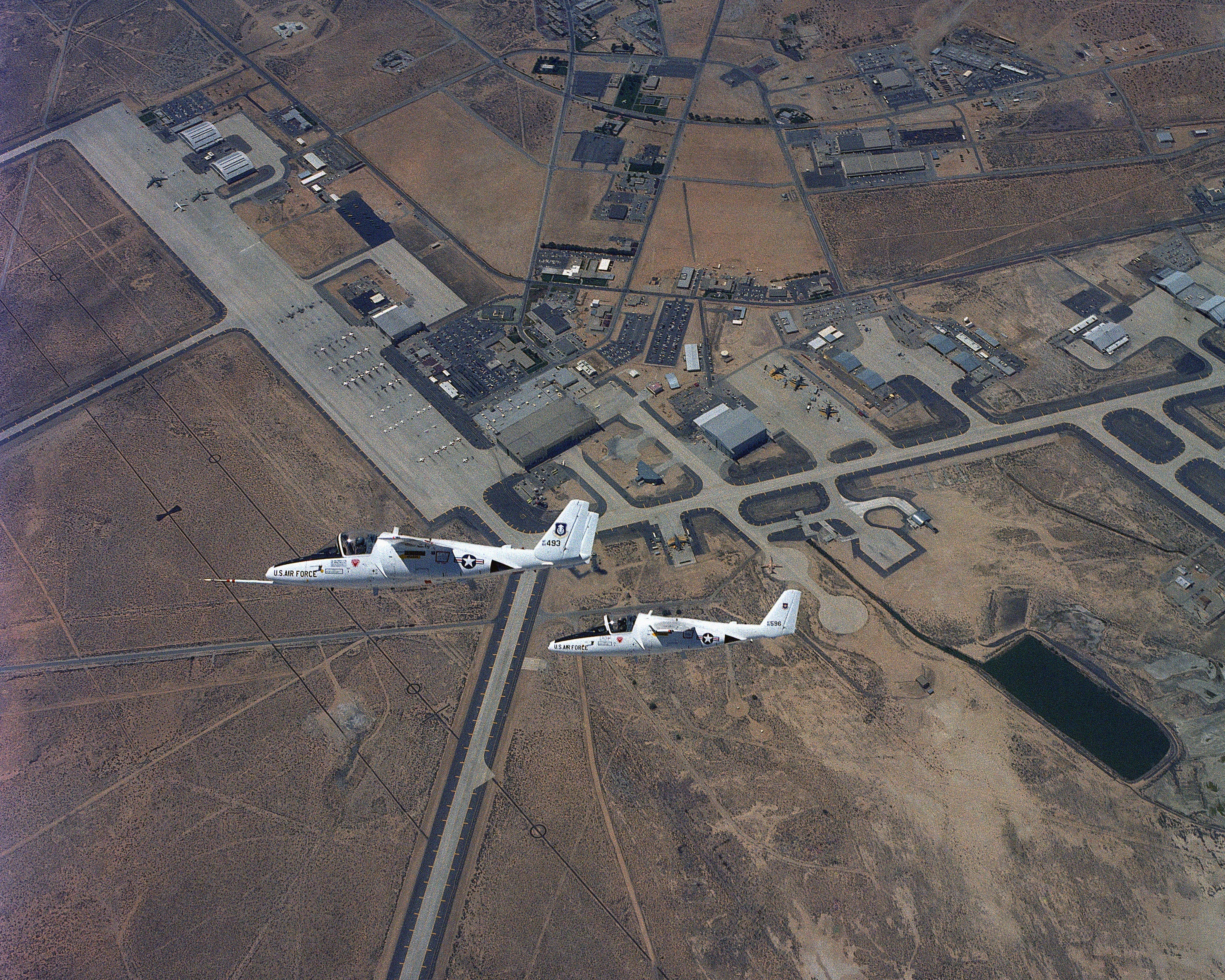
Two of the YT-46 Eaglets fly over Edwards AFB in 1987
The plane soon found itself in Congressí cross hairs however, and procurement was !!!error: Indecipherable SUB-paragraph formatting!!! in the FY1987 budget. This proved to be too big a blow for Fairchild Republic to endure, and the company closed the Republic factory in New York, ending 60 years of manufacturing. The T-37 soldiered on until 2009 (!), when it was replaced by the !!!error: Indecipherable SUB-paragraph formatting!!! . All four aircraft produced have been saved, with the 73NGT hanging in the Cradle of Aviation Museum:
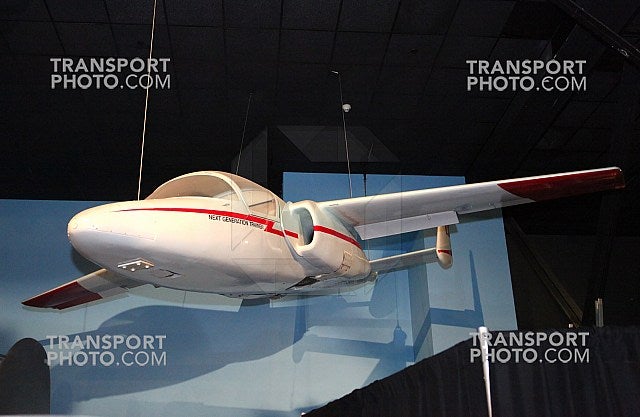
While the three YT-46s are split between the Flight Test Center Museum at Edwards AFB (84-0492), the USAF Museum in Dayton (84-0493) and AMARGís Celebrity Row (85-1596).
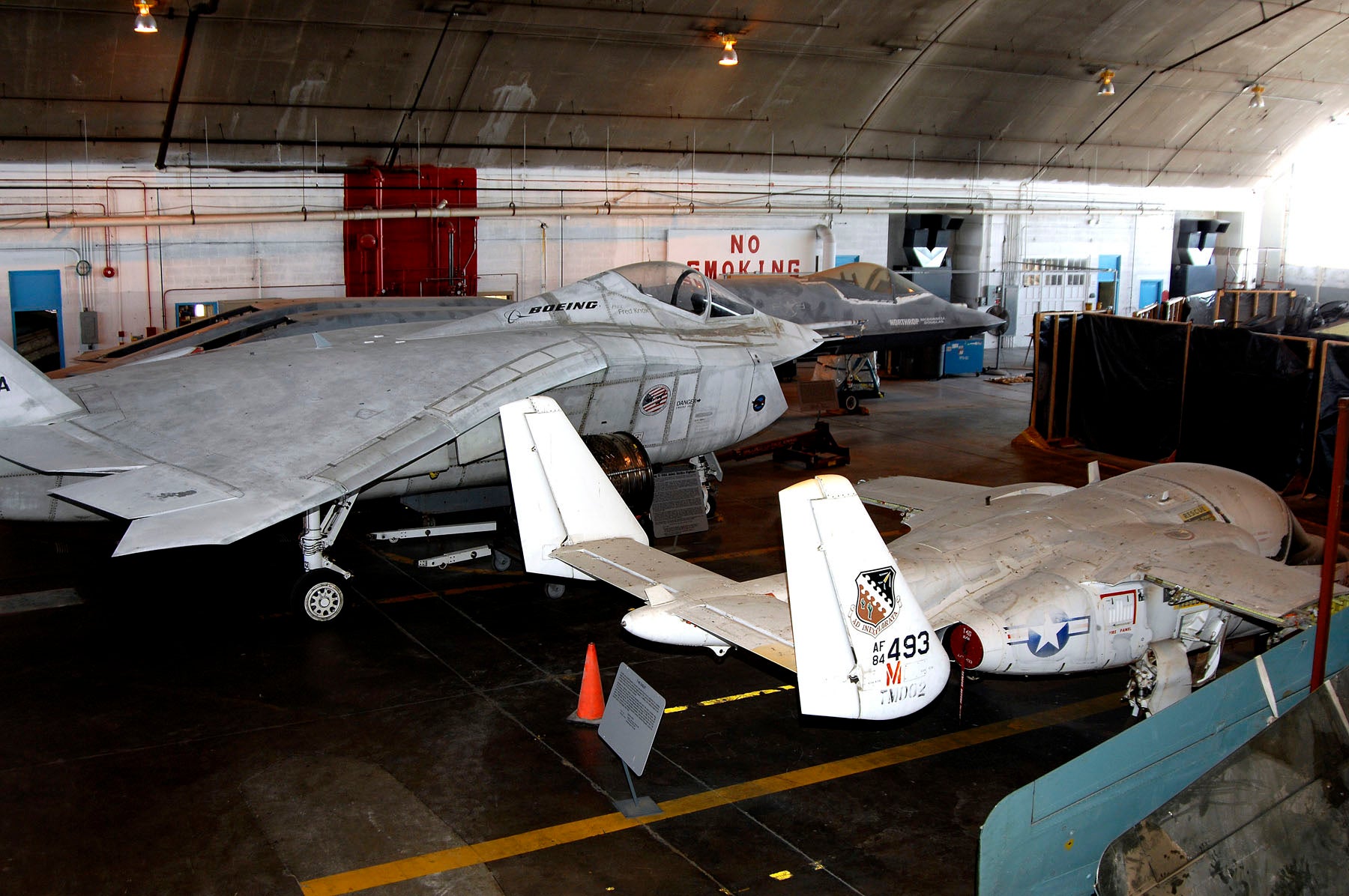
84-0493, along with the X-32 and F-23, await restoration at the USAF Museum
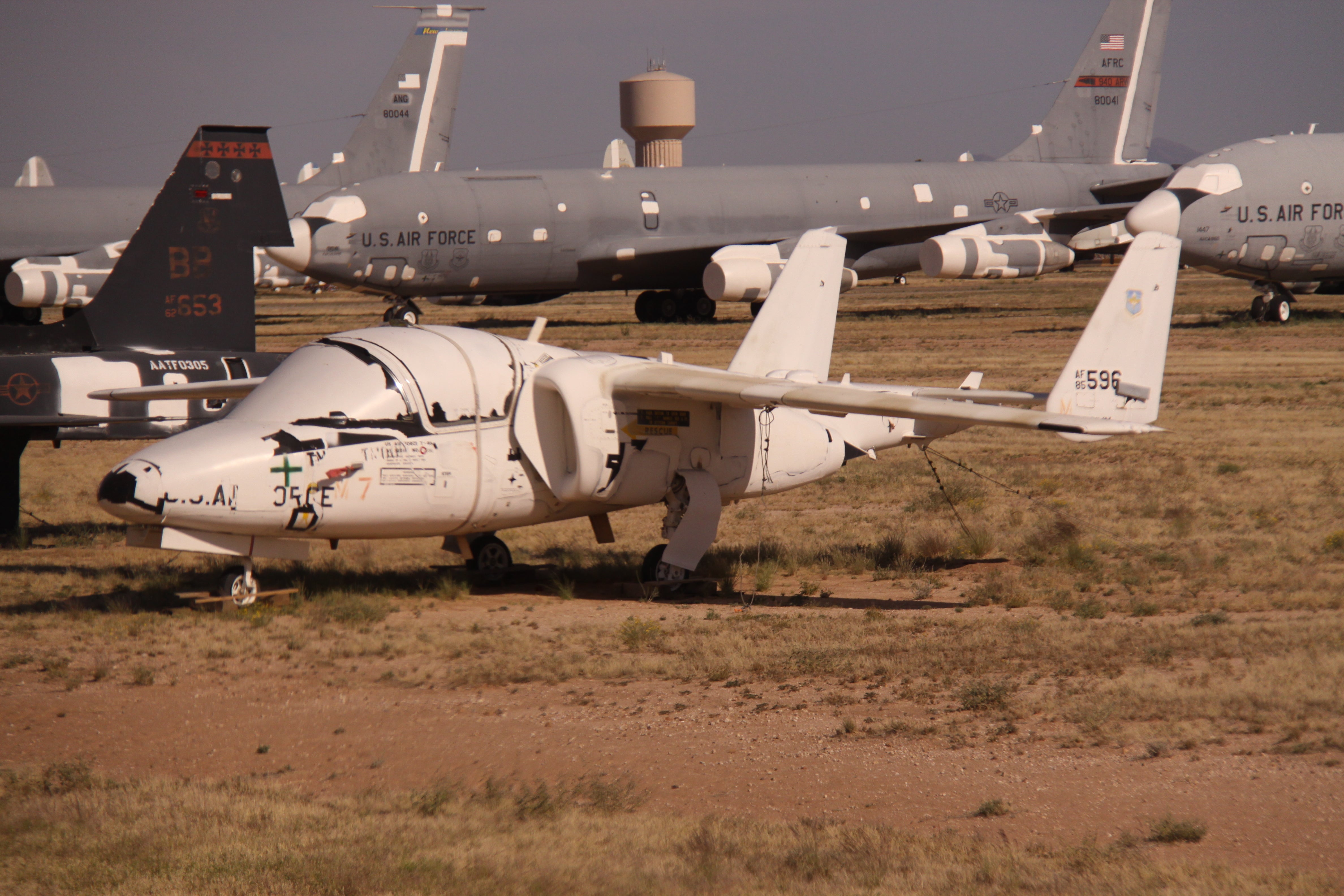
85-0596 bakes under the Arizona sun in 2013
 Grindintosecond
> user314
Grindintosecond
> user314
08/27/2020 at 11:21 |
|
Typical dick measuring in congress between military branch control of any project. Case in point, the C-27J. Where the Army needed something cmaller and more agile than the C-130 for tactical work. They got approval to work on that project. Air Force got a big hard on for anything in the air suddenly and said they must have control of that plane and use of it 100%, and got that. Then said the C-130 is enough and canned the C-27 Army project.
I donít know how nefarious of an insider dealing was happening in this case, but there was a spending-control act to reduce national debt in play at the time. When the Texan II came about, Iím sure the requirements of a training plane had changed, making tandem seating and a single and efficient turboprop during high fuel costs was more cost effective. Of course, Beechcraft has might and industry to exploit on a whim as well.
 MonkeePuzzle
> user314
MonkeePuzzle
> user314
08/27/2020 at 11:50 |
|
ď design was both able to enter a spin and easy to recover from a spinĒ
tis something that would have been dangerous to test, especially in something of only partial scale. Test pilots are def mad men.
 MasterMario - Keeper of the V8s
> user314
MasterMario - Keeper of the V8s
> user314
08/27/2020 at 11:51 |
|
build a 62% scale proof-of-concept aircraft
I donít really get this...is a 62% scale plane really that much cheaper to produce? Most of the cost is going to be in labor and development, not materials, why not do full scale?
 user314
> MasterMario - Keeper of the V8s
user314
> MasterMario - Keeper of the V8s
08/27/2020 at 13:03 |
|
People buy scale WWII fighters for the same reason (well, along with the scarcity of originals ), so Iíd say yeah. Thereís also the fact that the scaled birds are less powerful and safer than the full-up Corsairs and Mustangs.†
 user314
> Grindintosecond
user314
> Grindintosecond
08/27/2020 at 13:06 |
|
Yup, same issue the A-10 has faced pretty much all its life. The Chair Force couldnít care less about the CAS mission (unless the plane flying it is a Klingon Bird of Prey...) , but the Army will fly fixed wing aircraft over their collective corpses.
 MasterMario - Keeper of the V8s
> user314
MasterMario - Keeper of the V8s
> user314
08/27/2020 at 13:24 |
|
For a production plane, I can see that, but this is for a prototype. A majority of the cost is not in the materials. I guess I can see it being a bit safer though being less powerful.